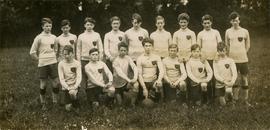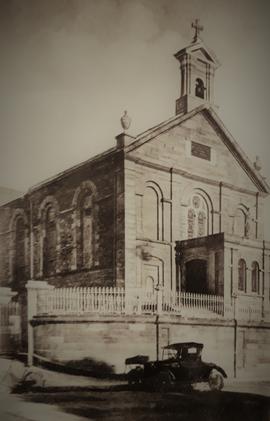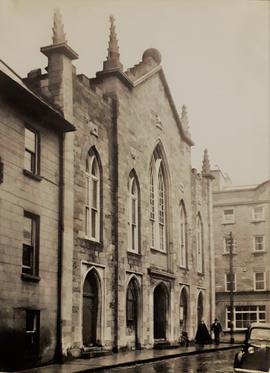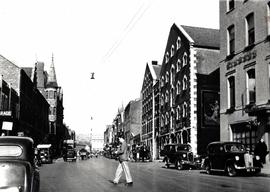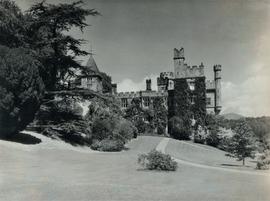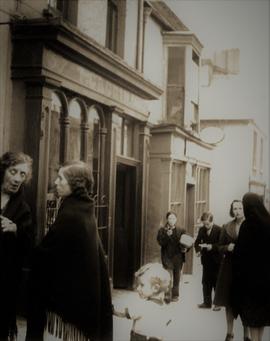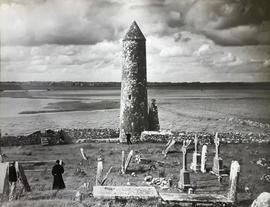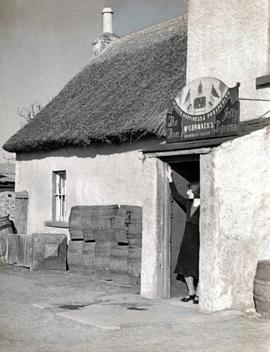Gaelic Footballers at St. Enda’s School, Rathfarnham, Dublin
- IE CA CP/1/1/4/4/21
- Part
- c.1920
Part of Irish Capuchin Archives
An image of Gaelic footballers at St. Enda’s School, or Scoil Éanna, a secondary school for boys established by Pádraig Pearse in 1908.

